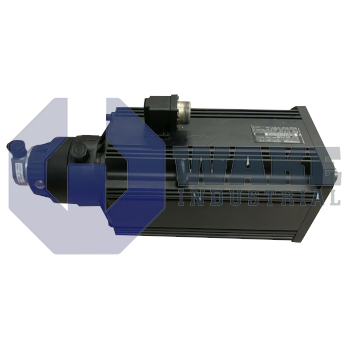Product Description
The Rexroth Bosch's MAC112C-1-KD-4-C/130-B-0/DI524LV/S014 is one of the most frequently used motors in industrial applications because of its advanced mechanical design and performance. In contrast with synchronous motors, asynchronous motors do not have a physical connection between the rotating part referred to as the rotor and the supply of electricity in the form of AC. However, they operate through electromagnetic induction where the stator (the non-moving part) generates a revolving magnetic field around the rotor and generates an additional magnetic field. This interaction between the two fields gives a twisting force, which helps the motor to turn.
The basic operating principle of an asynchronous motor is the relative speed of rotation of the stator magnetic field and the rotor known as "slip." It is important to provide an accurate and fixed connection for the motor to work properly. Generally, the power connections are done where the motor has three-phase AC supply systems that power the stator windings and develop the required rotating magnetic field.
In the B-side power connection, electrical terminals are usually wired to allow the three-phase power supply. To ensure the good performance of the motor, it is crucial to carefully monitor voltage, wiring, and grounding specifications to prevent potential issues. Also, most B-side power connections include other protection devices such as overload relays to prevent any chances of excessive current that causes overheating of the motor, which is the main cause of motor failure. Preservation of these connections is important to provide long-term reliability and safety of this asynchronous motor. Low maintenance coupled with high efficiency and flexibility of asynchronous motors make them suitable where continuity of operation or high power output is desired.
 Wake Industrial Warranty
Wake Industrial Warranty















